
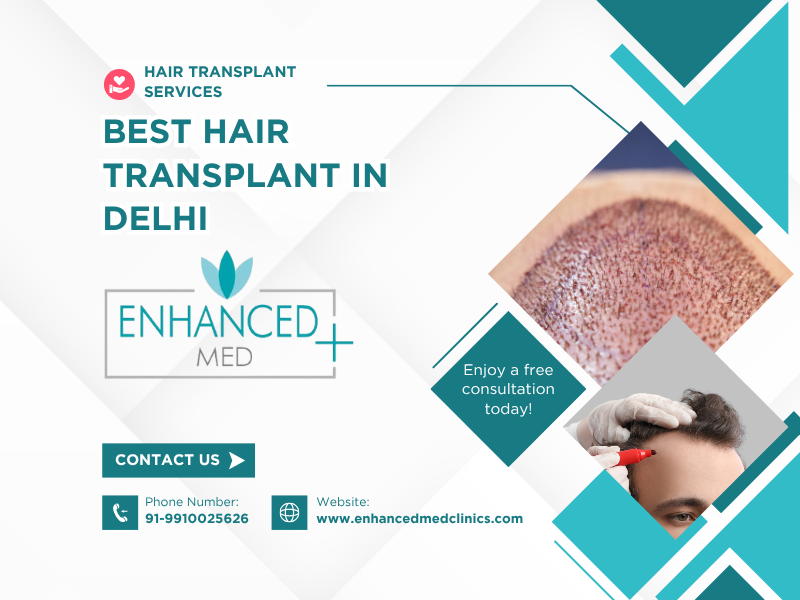 07 Oct, 2025
07 Oct, 2025
Hair restoration can be as simple as changing hairstyles for a large forehead or as complex as answering medical questions like “what is the effect of high blood pressure on hair loss?” In the early stages of hair loss, the upper edge of the hairline is often the first visible change. Along with hairline shape, hair density and underlying medical issues are important governing factors that a casual onlooker cannot reliably assess.
At EnhancedMed Clinics, we provide comprehensive solutions for these complex problems — from smart styling to surgical restoration. This guide gives an overview of practical options (simple haircuts to surgery) and the medical causes that influence the health of your hair.
Frontal hair loss can dramatically change facial framing. Skilled styling can mask a high forehead or early recession while surgical hairline design can offer permanent balance.
Simple styling changes often produce immediate visual improvement:
Layered bangs — soft, layered bangs help break up forehead length.
Side-swept styles — a diagonal part reduces the perceived width.
Volume at the crown — adding lift on top creates balance and a more proportionate look.
If you have thin or fine hair, achieving these styles can be challenging — that’s often where patients begin considering a hair transplant for a high forehead.
Styling provides fast, reversible results. For long-term change, hairline restoration is an aesthetic surgical process that considers facial proportions, gender, age and personal goals.
Aesthetic placement: The hairline is placed where it best harmonises with the face, often guided by proportions like the golden ratio.
Natural transition: Single-hair grafts are placed in irregular patterns to avoid a blocky look.
Strategic density: Density is graduated from the frontal hairline posteriorly for a natural appearance.
Surgical options at EnhancedMed include FUT, Capillary FUE Implant and DHR (Direct Hair Restoration) — each chosen to match the patient’s donor quality, density goals and haircut preferences.
Most clinics will investigate the cause before offering permanent surgery. A thorough diagnostic workup is essential.
A targeted blood panel helps define contributing factors and typically includes:
Hormones: TSH (thyroid stimulating hormone) and sex hormones.
Nutrients: Vitamin B12, vitamin D, and ferritin (iron stores).
Inflammation/autoimmune screening: to look for scarring alopecias and immune causes.
Understanding whether a case is androgenetic alopecia, telogen effluvium or an autoimmune alopecia guides whether hair can regrow non-surgically or if transplant is appropriate.
Many factors outside of genetics affect hair:
Medication side effects: Some prescriptions are associated with hair thinning — for example, certain beta-blockers (propranolol, metoprolol) and ACE inhibitors (lisinopril) have been reported to cause shedding in some patients. Antibiotics can also cause temporary telogen effluvium.
Stress & mental health: Chronic stress and depression raise cortisol levels and can trigger telogen effluvium, causing diffuse shedding.
Brittle hair: Fragile or brittle hair often reflects nutrient deficiencies or thyroid dysfunction rather than anything topical — serums alone won’t fix a systemic deficiency.
Before any surgical plan, correcting reversible medical causes is a priority.
Remedies range from a new haircut to permanent surgical reconstruction. The right choice depends on diagnosis, goals and hair characteristics.
For some men, a buzz cut is a bold, empowering option that minimises contrast between balding and thicker areas and often improves perceived confidence and style — especially when paired with facial hair.
Slowing progression: In many cases the progression of male pattern baldness can be slowed or halted using FDA-approved medications and targeted therapies.
Reversing lost follicles: Hair follicles that are permanently lost cannot be reliably revived; where follicles are absent, hair transplantation is the only permanent structural solution. Transplantation relocates resistant, healthy follicles to bald areas for lasting coverage.
Coconut oil: May condition hair and reduce breakage but has little evidence for reversing baldness.
Biotin serums: Topical biotin has limited efficacy unless there is a true systemic deficiency; supplementation should be guided by testing.
Every patient’s journey is unique. We support you from simple cosmetic adjustments to advanced surgical solutions.
At EnhancedMed Clinics we deliver:
Deep & Thorough diagnostics — comprehensive alopecia labs and clinical evaluation.
Tailored medical plans — medical management, nutritional optimisation and non-surgical interventions integrated with intelligent planning.
Advanced surgical care — proprietary techniques including DHR, Capillary FUE and DHT Fusion that restore natural density and confidence.
Whether you want to keep your hair, reshape your hairline, or restore lost coverage, expert advice is available from the very start.
Get The Best Hair Transplant In Delhi, Book A Free Hair Consultation and we will connect you with a team member who can help.
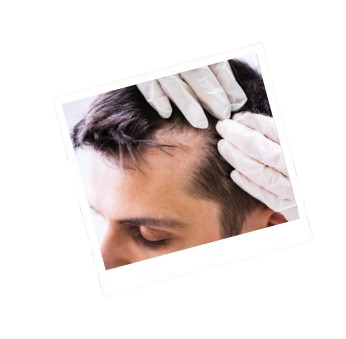
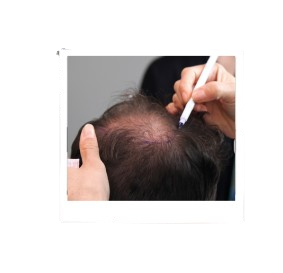
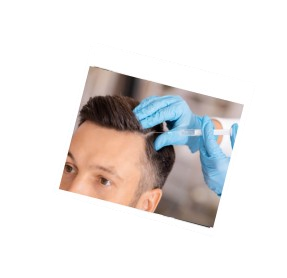
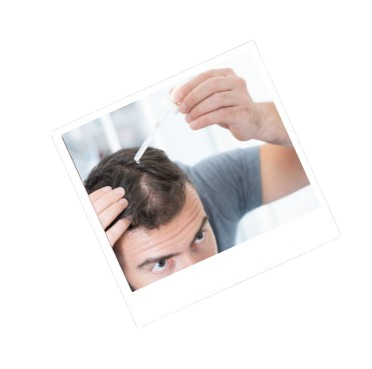
If you’re ready to achieve incredible, natural hair growth, don’t wait! Join the thousands of satisfied patients who have trusted Enhanced Med Clinics for their hair transplant in India. Book your consultation today to begin your journey towards a more confident you.
Book An Appointment